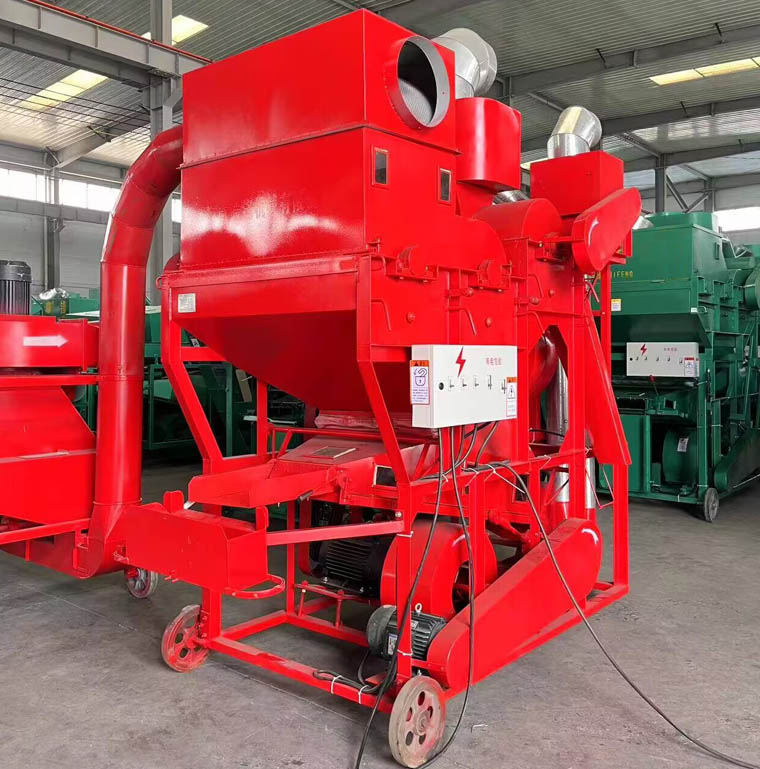The debugging of peanut sheller machine is very important
Peanut sheller machine is an important mechanical equipment in agricultural production, and its working efficiency and shelling quality directly affect farmers’ economic benefits and production efficiency. When using the peanut sheller machine, however, many people often ignore the key link of debugging, which leads to the failure of the equipment to play its due performance. This paper will discuss the importance and basic steps of debugging peanut sheller machine.

Why Debugging Your Peanut Sheller Machine is Essential
Firstly, although the peanut sheller machine has passed the basic test before leaving the factory, the equipment may be loose or deviated due to the differences in transportation, storage and use environment. If it is not debugged, it may lead to problems such as incomplete shelling of peanuts, high damage rate and even equipment damage.
Secondly, reasonable debugging can prolong the service life of the machine. By adjusting the matching degree of each part of the machine, the wear of parts can be reduced, thus improving the durability of the equipment. In addition, debugging can help users to be familiar with the operation process of the machine and lay a good foundation for subsequent use.
Debugging Guide for Peanut Sheller Machines
1. Check the equipment
Before use, carefully check whether all parts of the peanut sheller are intact, whether the screws are fastened and whether the transmission parts are flexible. Ensuring that the equipment is in good working condition is the first step of debugging.
2. Adjust the shelling clearance
According to the size and variety of peanuts, adjust the gap between the shelling drum and the screen properly. Excessive clearance may lead to incomplete shelling, while too small clearance may increase the breakage rate.
3. Control the wind power.
The peanut sheller is usually equipped with fans to separate shells and kernels. When debugging, the wind force should be adjusted according to the weight of peanuts and the weight of shells to ensure the best separation effect.
4. Commissioning observation
After debugging, a trial run should be carried out to observe whether the machine runs smoothly, whether there is abnormal noise, and whether the shelling effect is in line with expectations. If problems are found, they should be adjusted in time and the reasons should be investigated.
Notes after debugging
After debugging and putting into use, it is necessary to maintain the equipment regularly, such as cleaning residues and lubricating transmission parts, so as to prolong the service life of the equipment. At the same time, the operator should be familiar with the operating instructions of the machine to avoid equipment damage or safety accidents caused by improper operation.
The debugging of peanut sheller machine is an important link to ensure its efficient operation. Only when the debugging is in place can its performance advantages be fully exerted and higher benefits be brought to agricultural production. Therefore, when users use peanut sheller, they should pay attention to debugging and operate in strict accordance with the operating specifications, laying a solid foundation for efficient shelling.
